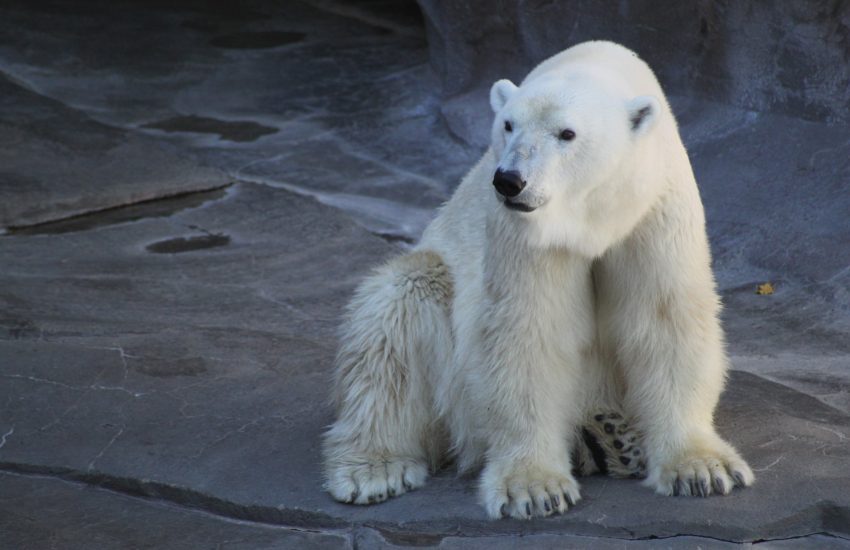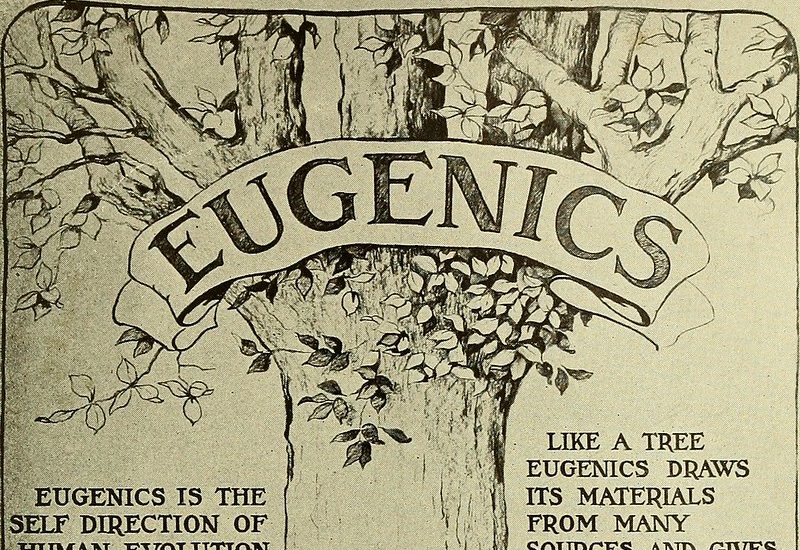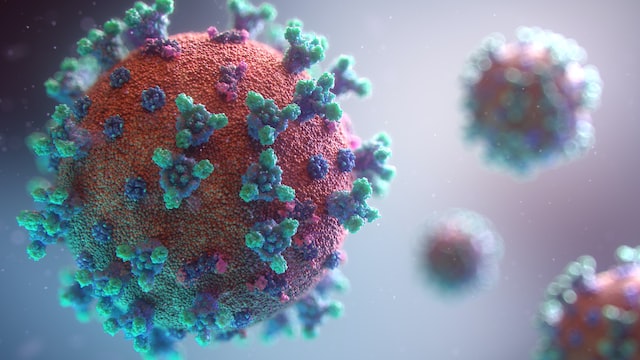I have been riding motorcycles since I was 16. Since then, there have not been two consecutive years in my life when I did not own and ride a motorcycle. I had them all. BMW, Zündapp, NSU, Horex, Münch, Laverda, Benelli, Moto Guzzi, Ducati, Honda, Kawasaki, Yamaha, Suzuki, you name them, and of course, Harley-Davidson. I went through rigorous training in Germany, where my Yugoslav riding teacher even taught me how to act in the event the bike slips on slick autumn leaves or on wet cobble stones. I am now 83. I never had a serious accident, and I am still riding my Harley-Davidson Softail Heritage Custom 200th Anniversary Edition.
I ask myself often: why am I still doing this? It is clearly dangerous, and I know I should quit and yet I would rather sacrifice a few years of my life than give up motorcycle riding. Stupidity? Old-age blockheadedness? Lack of responsibility? Give me liberty or give me death?
Continue reading








